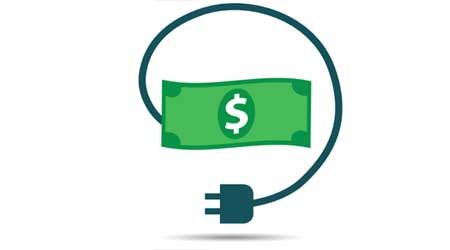Energy Information Systems: Identify KPIs, Prioritize Actions
Several best practices can help facilities managers achieve savings with an EIS.
“Buildings are all unique in the way they are designed, constructed, and operated,” says Chris Wilson, operations director, Energy+Eco, Environmental Systems Design, Inc. “Customizing reports and key performance indicators (KPIs) within an EIS to capture these unique building features is at the top of the list for best practices. Accomplishing this first will set the end user up for success by making the data actionable. The next step would be identifying what those actions are from events or KPIs triggered within an EIS.”
In the LBNL study, best practices associated with increased savings were:
• Installing submetering, beyond the whole-building level.
• Regular load profiling.
• Automated anomaly detection.
• Monitoring peak loads and managing demand charges.
• Regular use to accrue and deepen savings over time.
Aamidor recommends making a list of what issues an EIS would solve, before going to the marketplace. “Why are we procuring an EIS? What do we want it to do?”
Aamidor also suggests making sure that, whatever EIS is chosen, time is carved out with the vendor to train employees. What’s more, he recommends choosing “a vendor willing to engage with you on an ongoing basis.”
In the end, the success or failure of an EIS depends on how well the end user knows and understands the application’s capabilities, according to Wilson.
“Identifying a champion within the organization to become an EIS guru will help maximize its capabilities and ensure that the data becomes actionable, providing value over time,” Wilson says.
Proven technology
Audin stresses that today’s EIS is well beyond its initial spreadsheet beginnings. The technology has matured over decades of use. The marketplace is filled with hundreds of EIS technology providers.
While there are some commercial EIS software solutions priced lower, Audin believes a good EIS will cost about $10,000 or more and thinks EIS should be considered for any facility manager responsible for $1 million or more in utility costs annually.
As with most building products, experts stress the importance of due diligence before a purchase is made.
For facility managers overwhelmed by the vast selection in the marketplace, Audin suggests “going to an energy consultant and have that consultant review your needs, goals, and budget.”
In the end, facility managers may need to decide if they can effectively operate and use an EIS or whether they are better off hiring a service that might cost ten times as much for their real-time energy management.
Related Topics:















